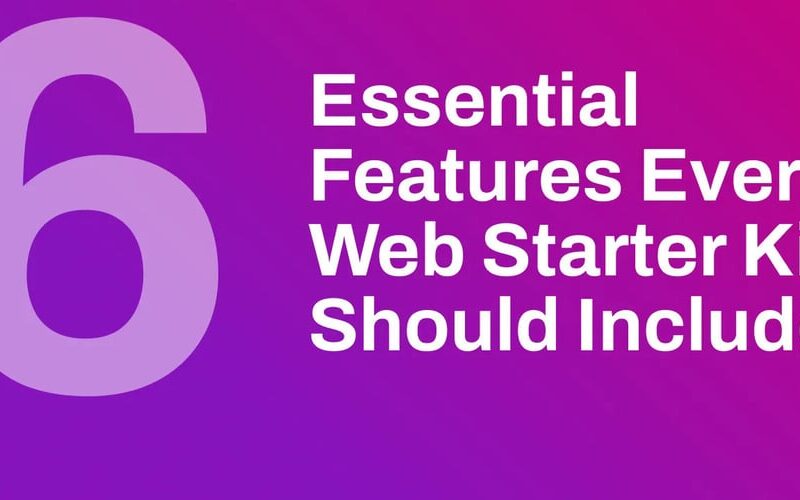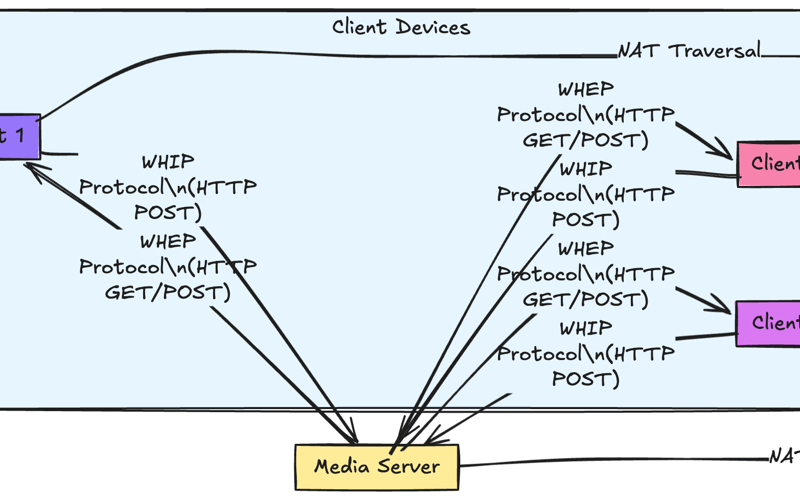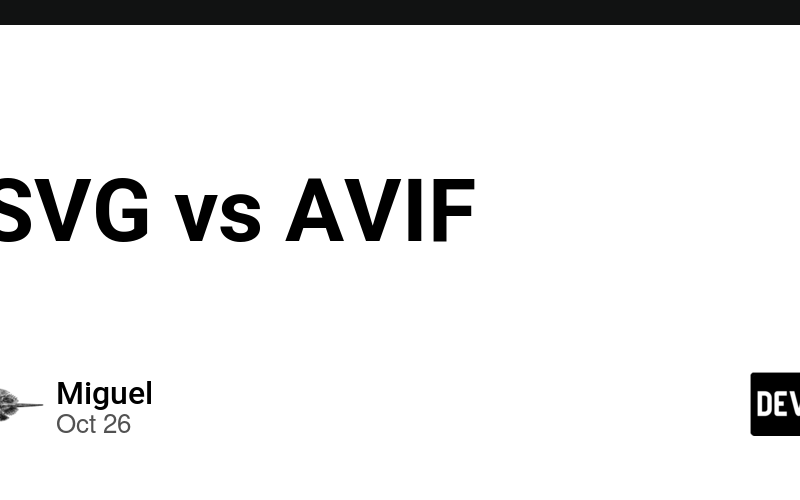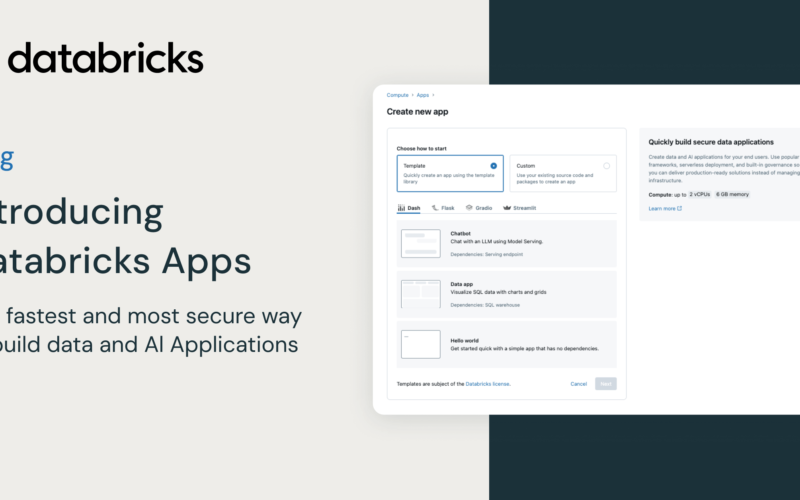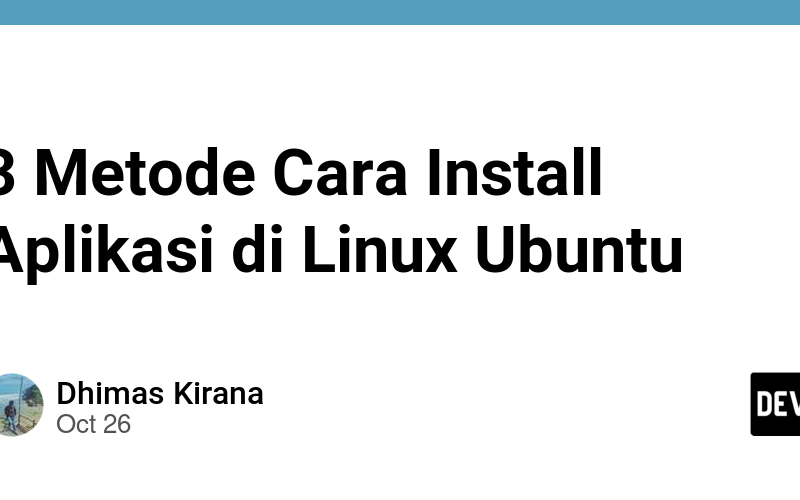27
Oct
Need a web starter kit that has everything? Here's what you need to know in 30 seconds: A useful web starter kit needs these 6 core features: Feature What You Get Popular Tools User Login and Account System User auth, sessions, access control Authjs.dev, Lucia, Clerk Dev Tools Code editor, version control, linting VS Code, Prettier, ESLint Data Management Tools Database setup, state management MongoDB, PostgreSQL, Firestore, Redis, SQLite CSS and Design Setup Styling framework, design system Tailwind CSS, Bootstrap CSS API Tools Endpoints, auth, security Authjs.dev, JWT (jsonwebtoken) Security Setup SSL, headers, input validation HTTPS, CSP, Authorization Why this…

